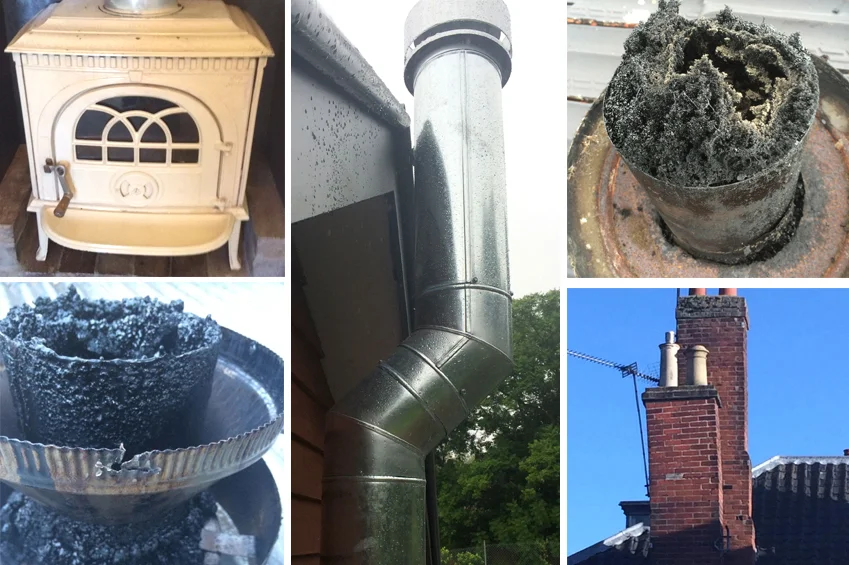HANDY HINTS!
Getting the most from your wood heating is easier than you think. Maintaining your trusty fireplace is easily forgotten until there is a problem, however there is usually a good reason why your wood fire may not be performing.
Here are some simple tips to ensure your system is safe and efficient – they go hand in hand.
It all starts with the wood.
It may be that you are using poor quality, wet or unseasoned green wood. This is harmful for your chimney as it creates much more smoke, sappy build up in the flue and will generate more emissions. Burning only wood that is completely dry slows the build up of soot and creosote residues.
Seasoned hardwood will also burn hotter and slower, create less smoke and soot and you will use much less wood! Try to buy your wood in spring or summer and store it under a covered and ventilated area. If you stack it in a criss-cross fashion it will allow the air to flow through the stack to season it well.
Burning
it better.
If you are burning your wood overnight, load the heater at least half an hour before going to bed. Turn down the airflow (damper) to low once all the wood has caught but don’t shut it down completely. If you load up the fire with wood and then turn it right down, it will smoulder creating more residue.
This type of regular slow burning will also generate more soot over time than burning on medium or high but you will use less wood. If you work out a good system and your house is well insulated you should only need to burn overnight on those really cold ones!
Lighting your fire!
If you are not always the person who lights the fire in your house, you often forget how!
Heres some tricks.
Burn ONLY dry wood
Use kindling wood and paper to get you started.
Leave your air controls open for 15 minutes to get maximum airflow and get it burning.
Build your fire slowly with smaller logs first to develop the coals, then start adding your larger logs.
Clean
and
service.
Making sure your chimney has an annual clean is a great place to start. How often you need to do this depends on what you have been burning, and how. Before or after the burning season is the ideal time to have your chimney swept as this will help to minimise the corrosive effects of creosote residues and condensation during the warmer months... or to move on the native residents who might have nested through summer!
Having your chimney swept will enhance the efficiency of your wood heater greatly.
Soot catches fire, and excessive build ups can also fall down the flue or chimney in chunks while your fire is burning.
Chimneys that are blocked, and have limited airflow due to build up will struggle to light and continually smoulder, this can cause smoke damage in your roof and ceiling. A clean chimney helps your fire draw efficiently and puts less smoke into the environment.
Smoke detectors save lives with or without a wood fire in your home, stay safe and keep warm this winter!

